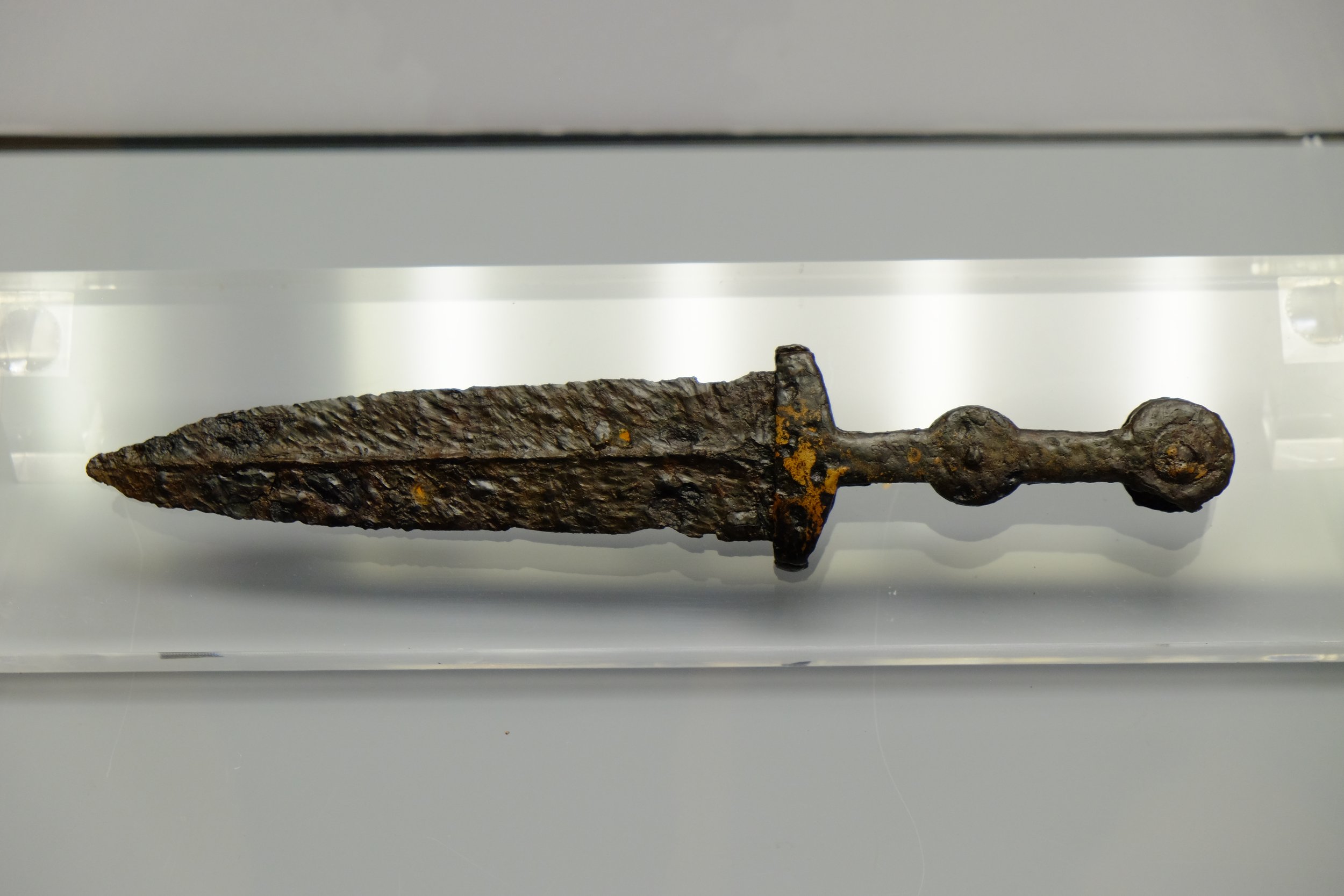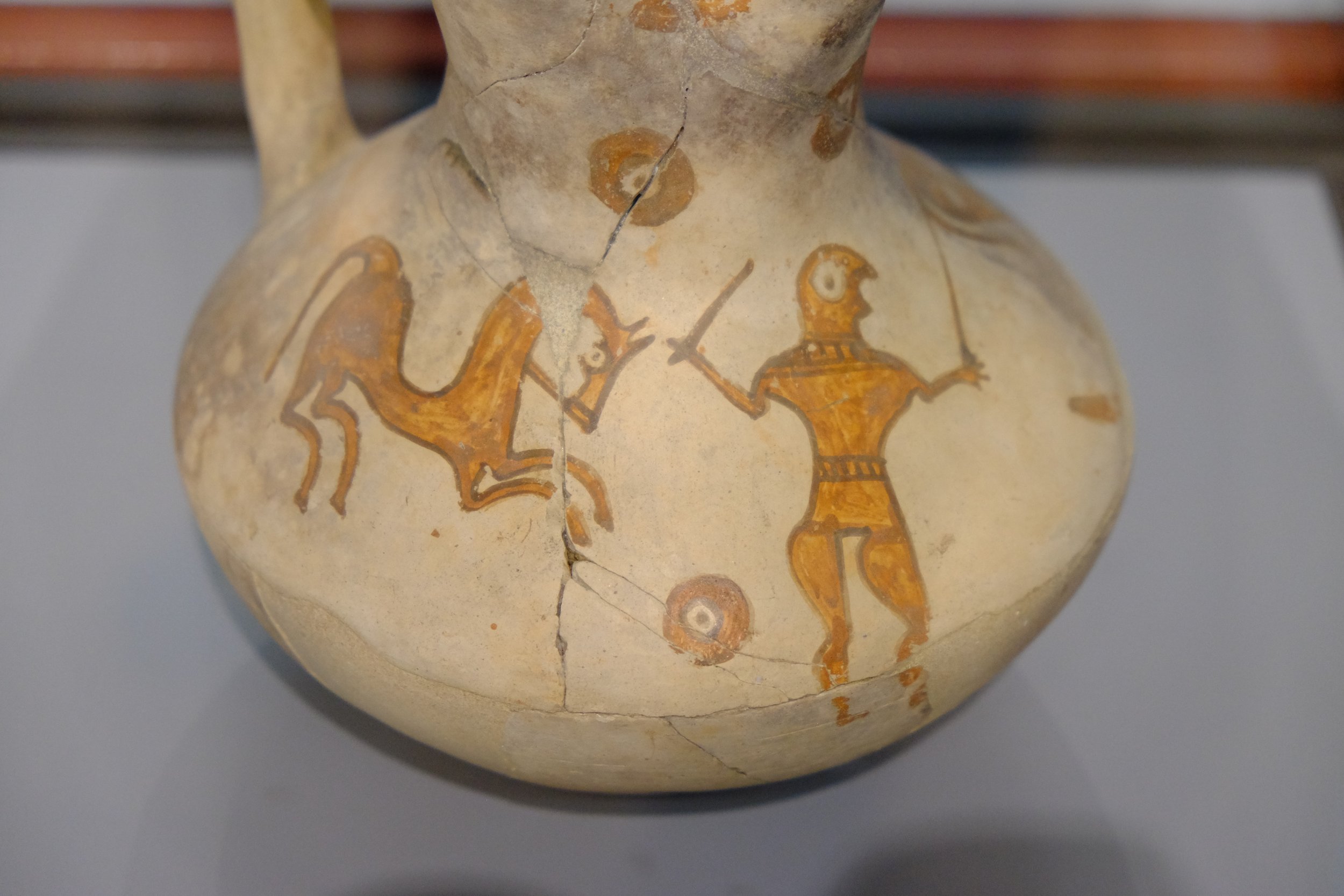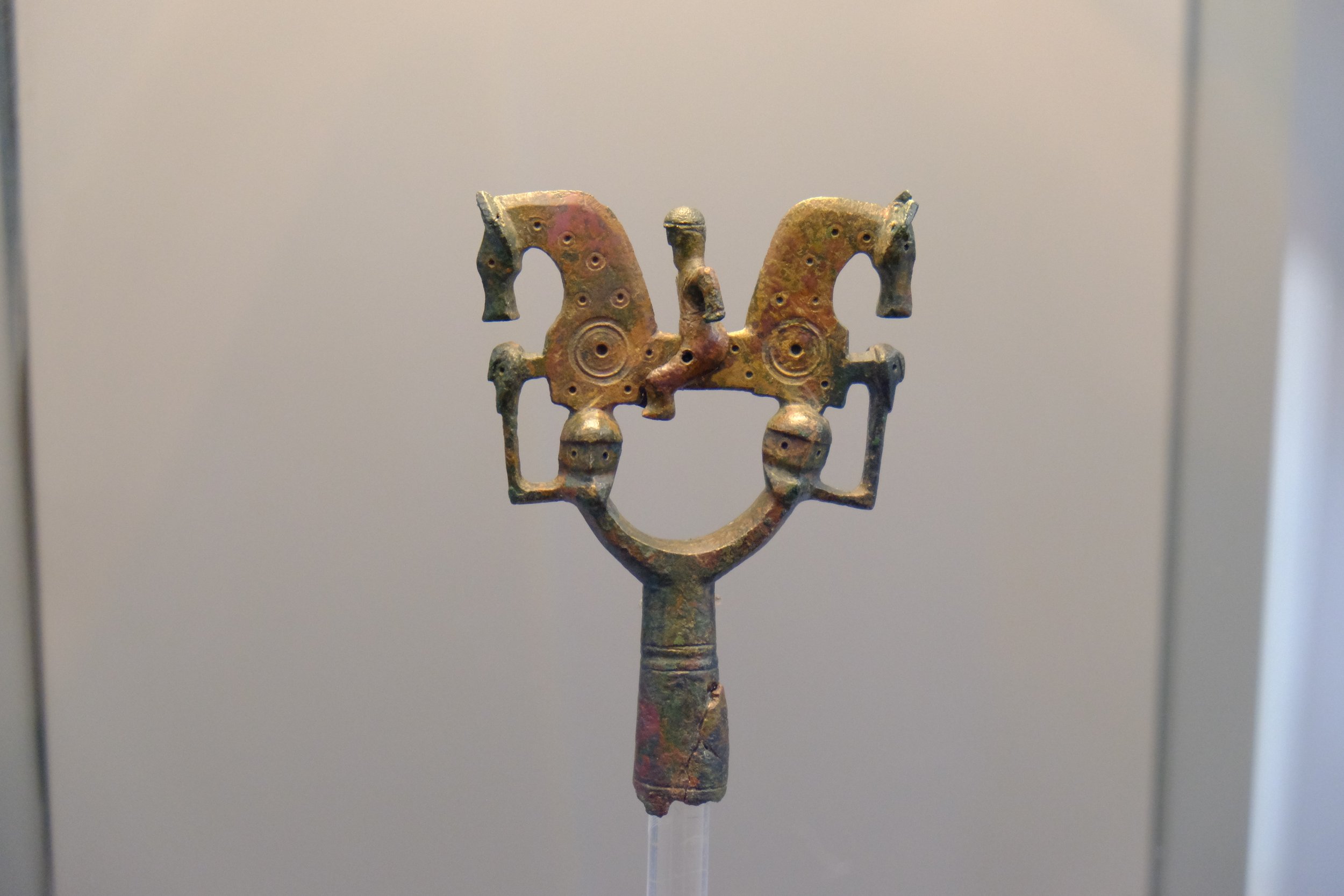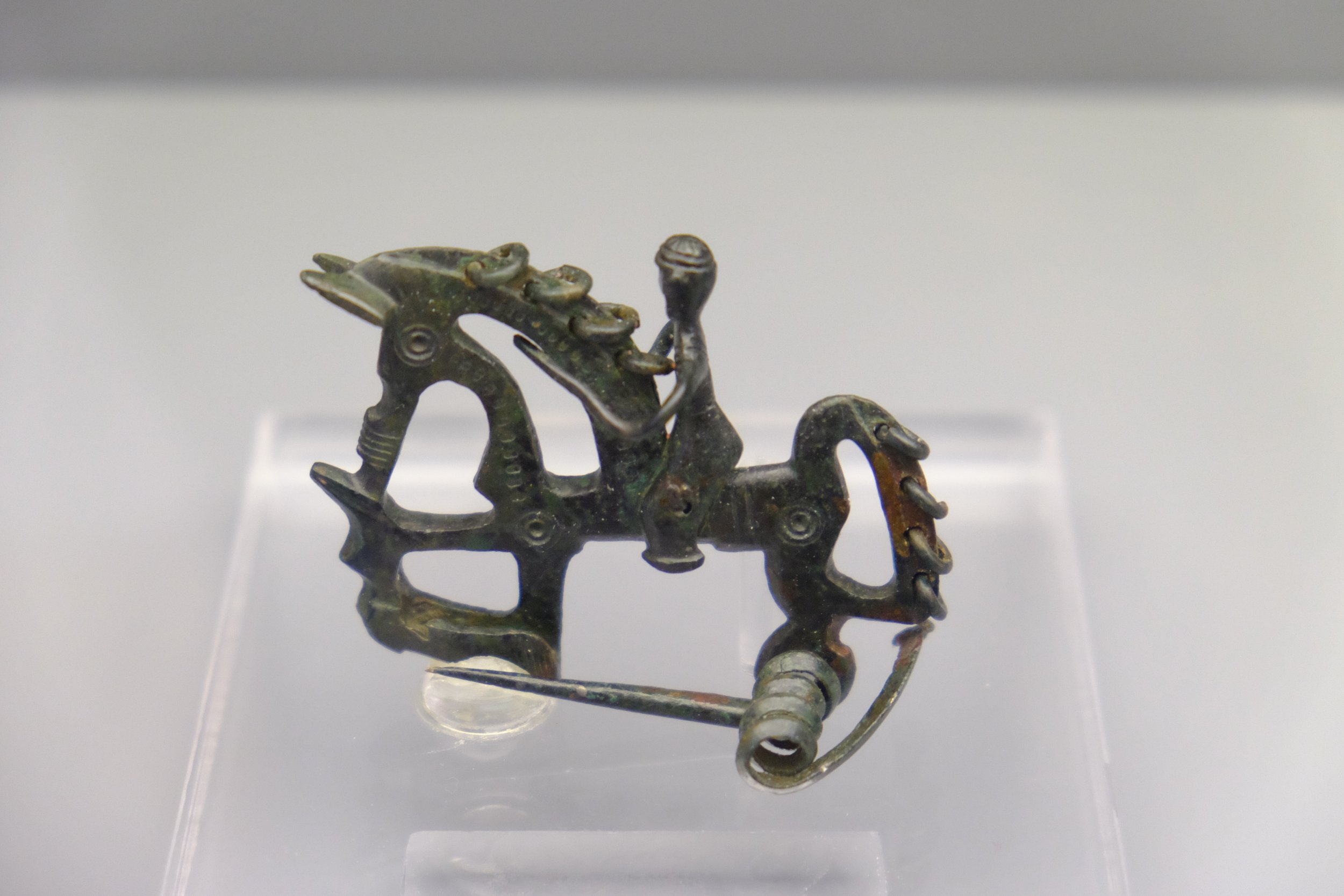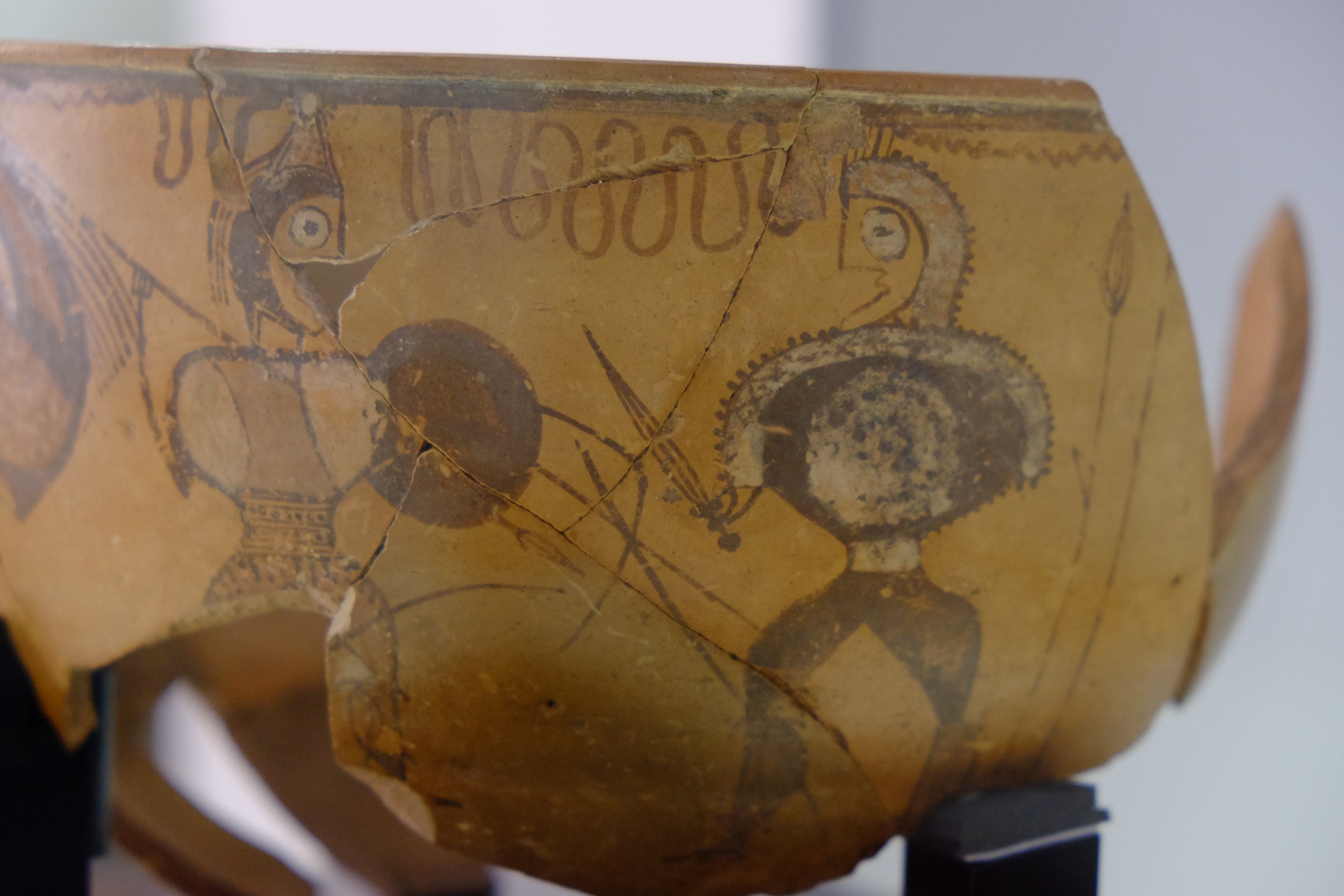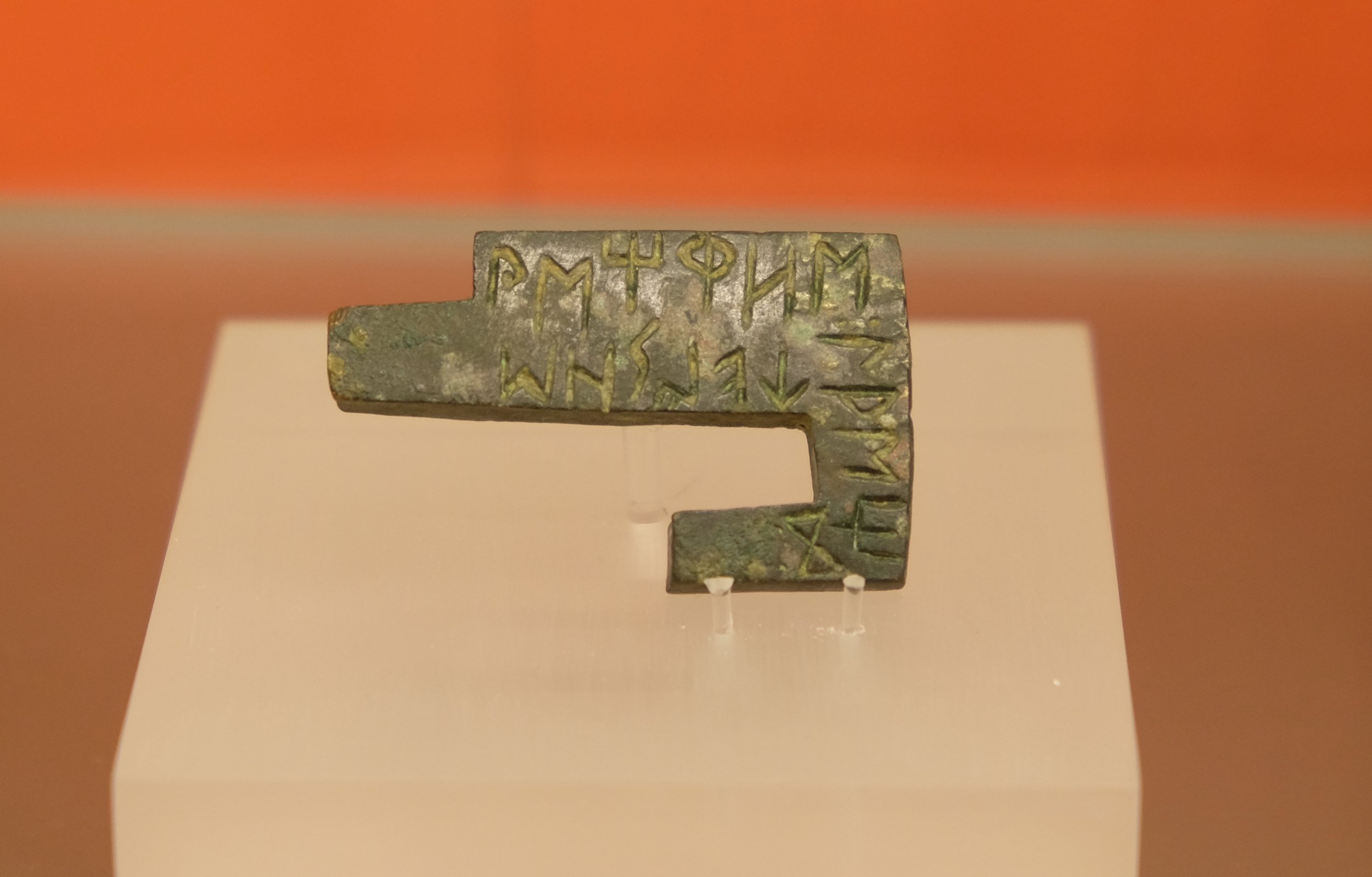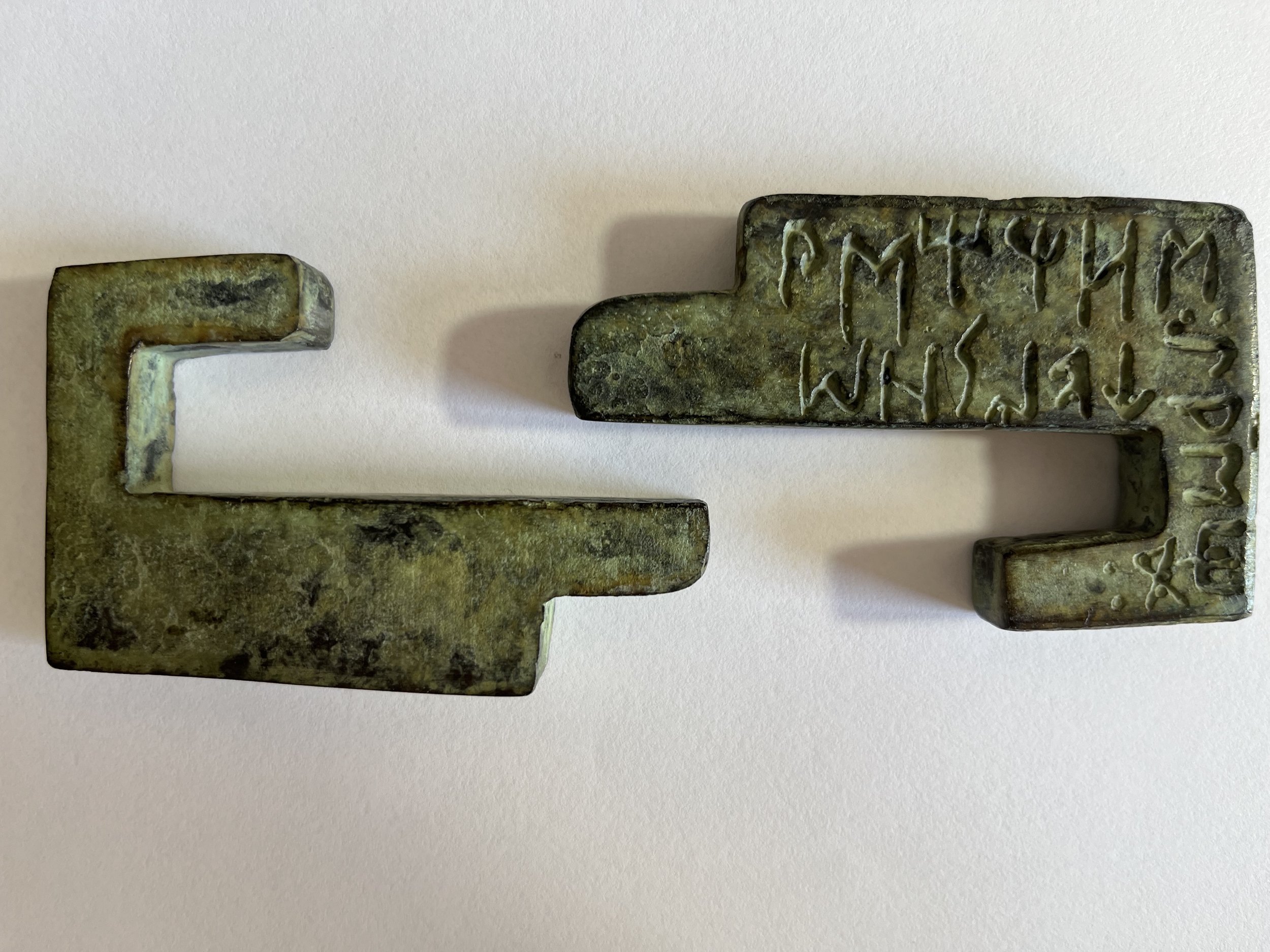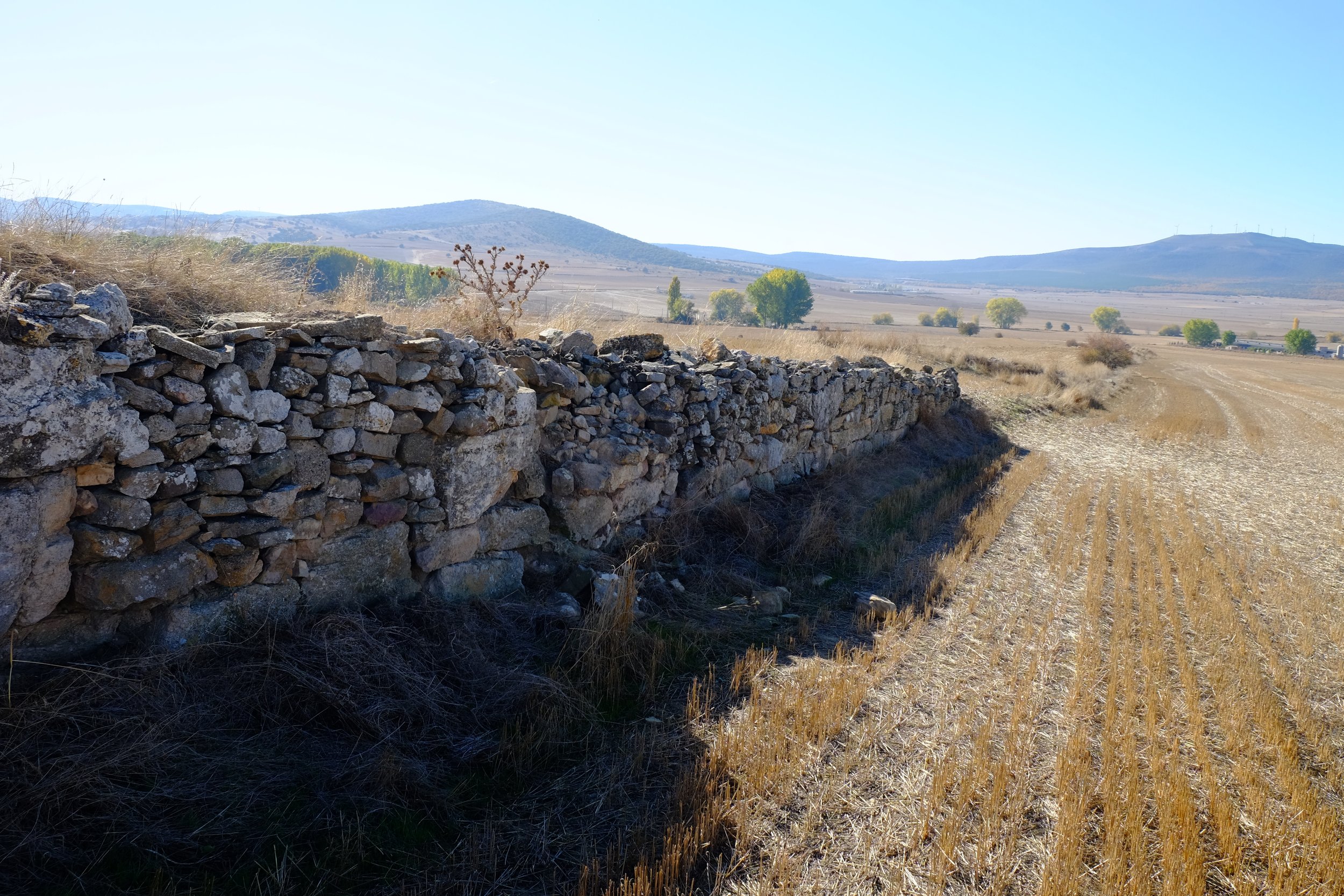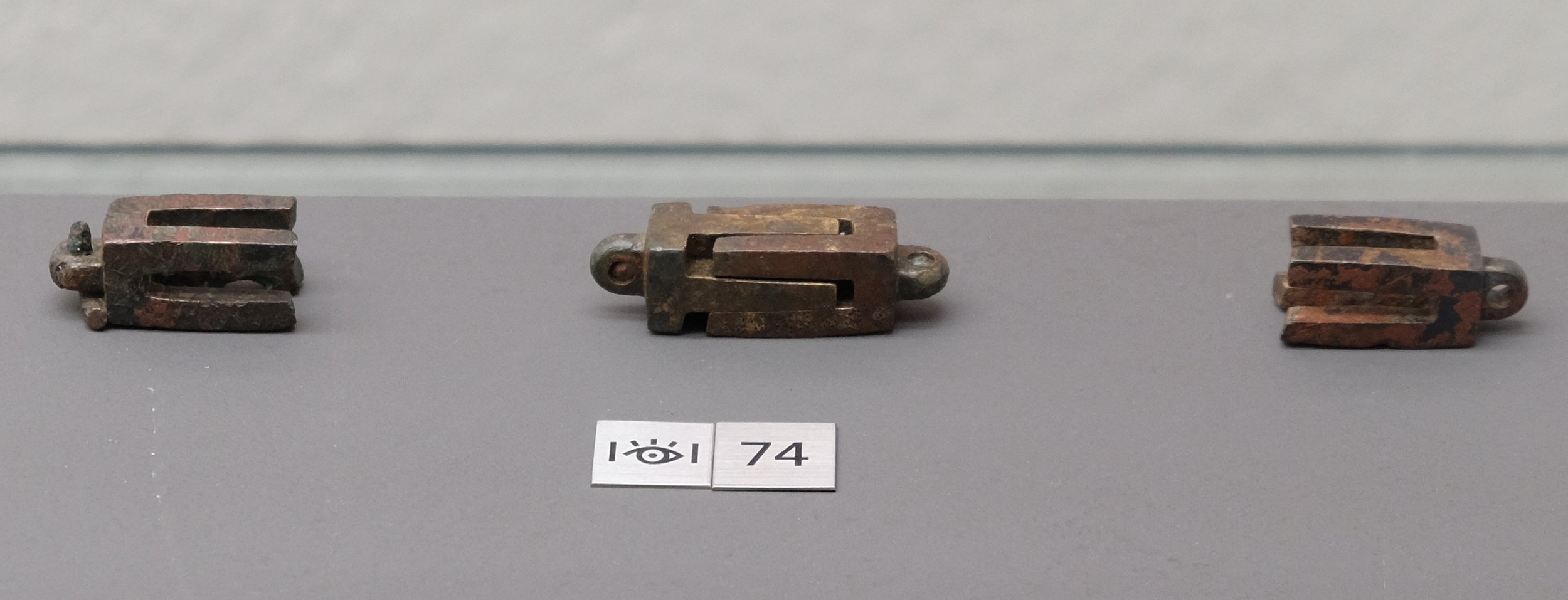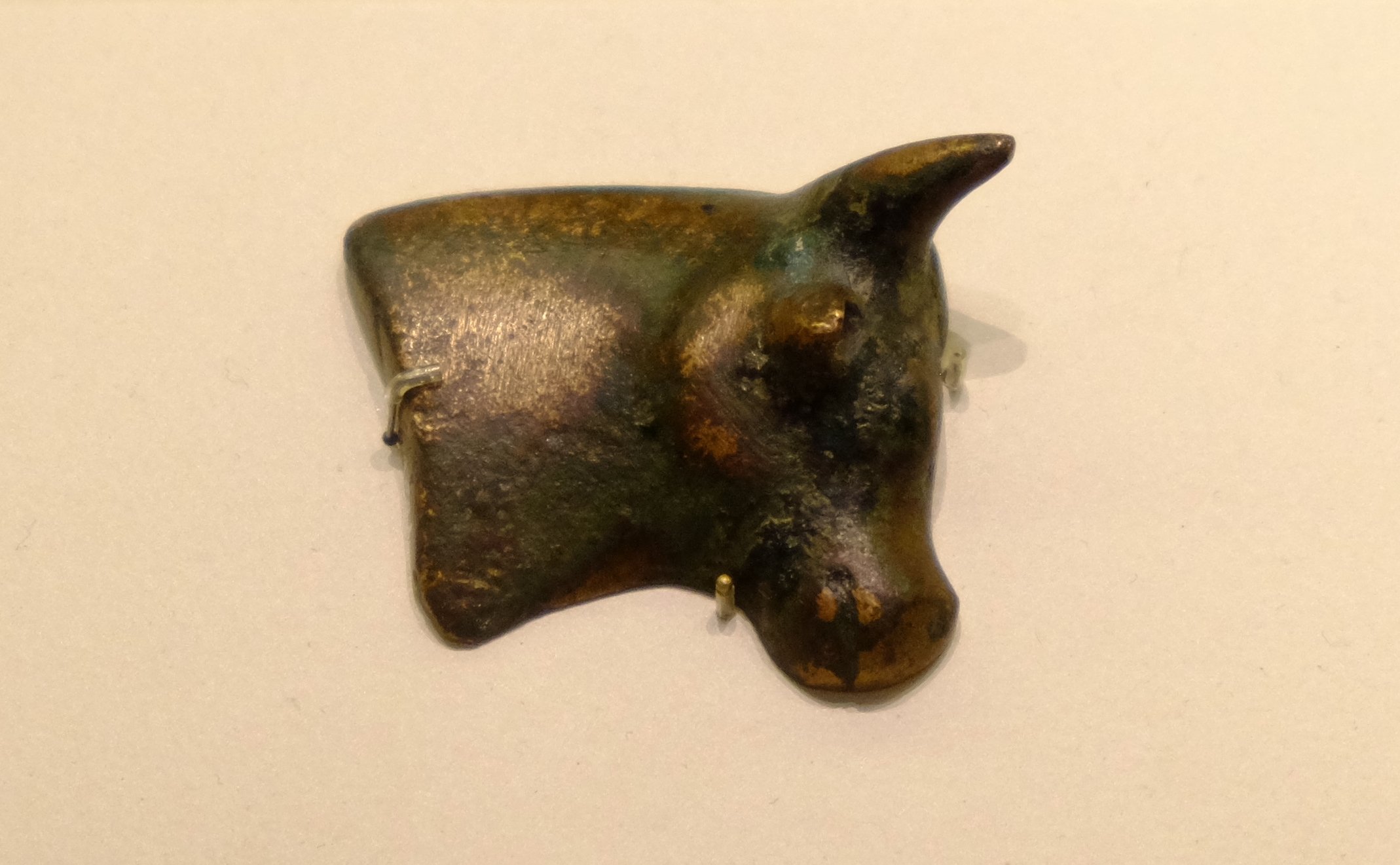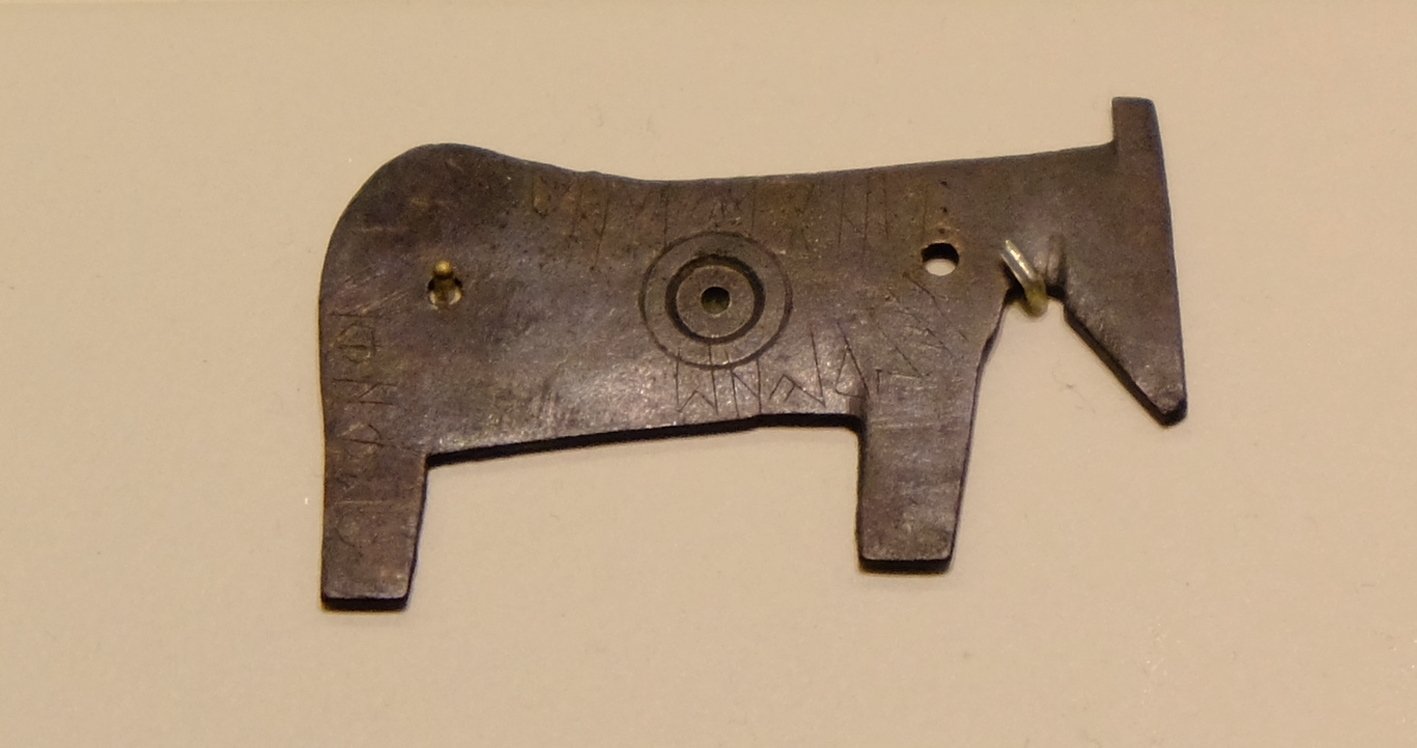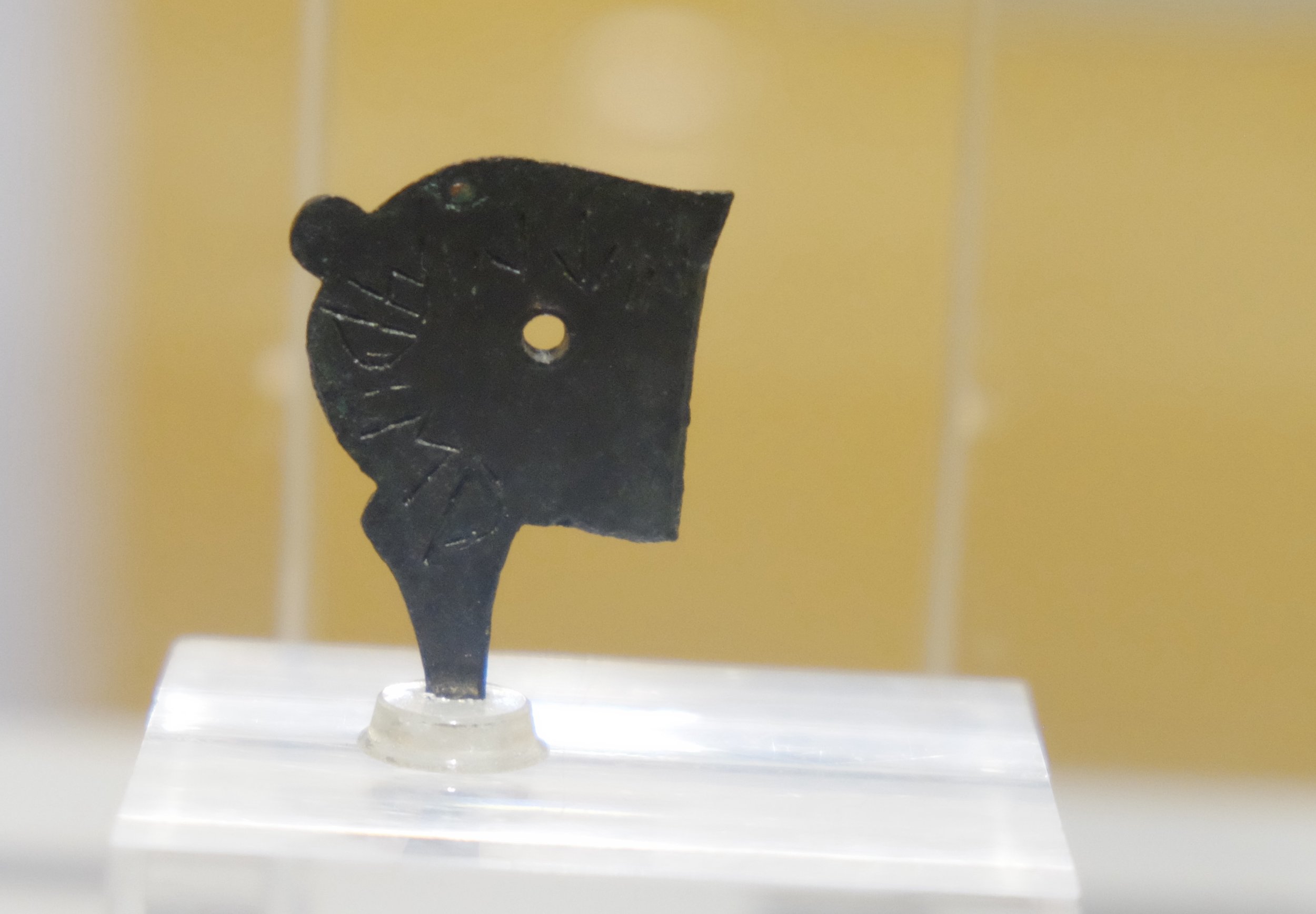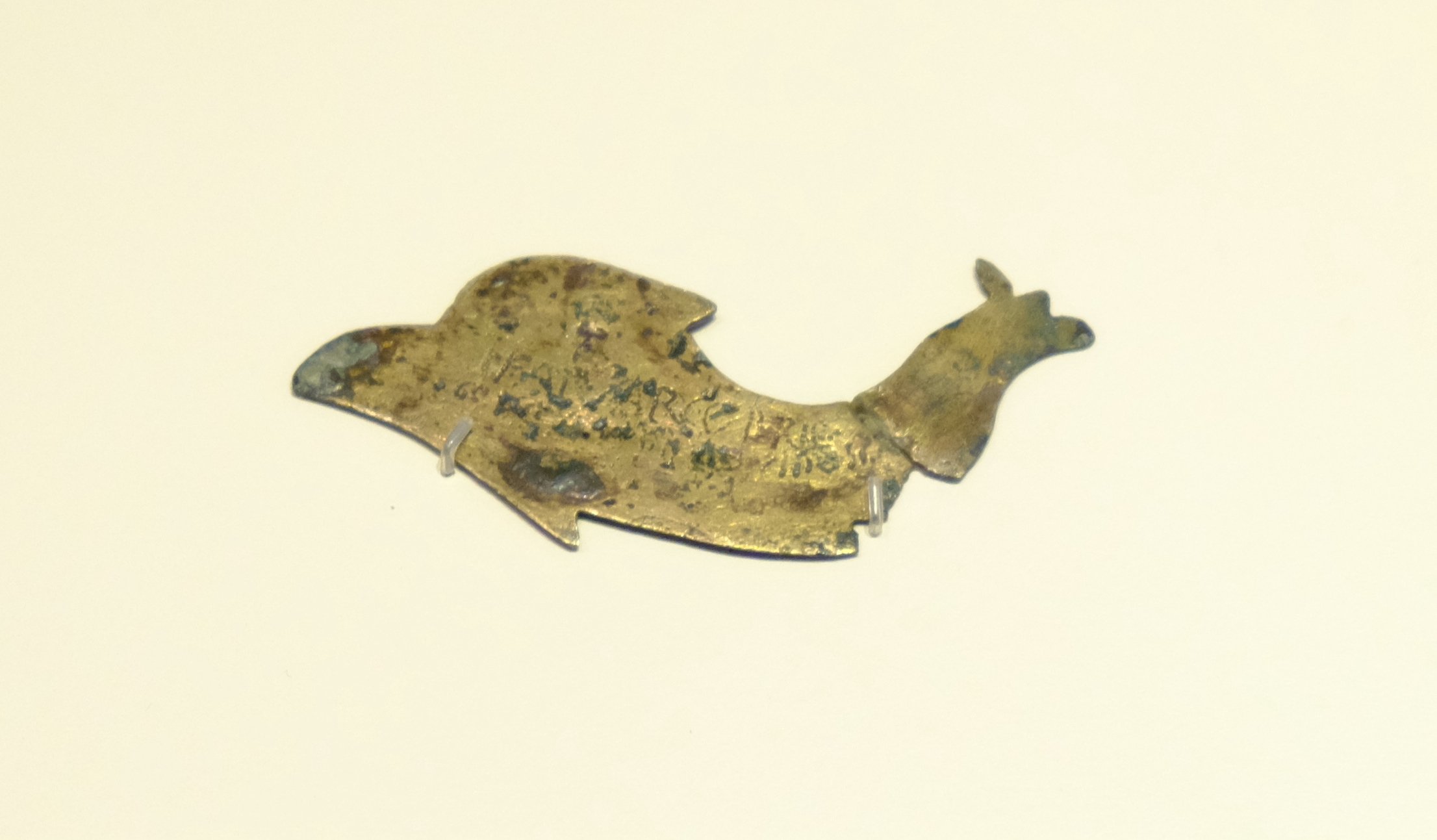Celtiberian Hospitium - an ancient concept of inter-community friendship
Photo: Francisco Beltrán Lloris
Celtiberian tessera of hospitality: Icon for Sketches of Iberia
The icon of this website is a bronze tessera of hospitality in the form of interlaced hands of the ancient Celtiberian people coming from the central/eastern part of Iberian Peninsula.
The pre-Roman Iron Age landscape of the Iberian Peninsula was a multi-cultural landscape composed of many different IndoEuropean and Pre-IndoEuropean ethnolinguistic groups. Among the most significant IndoEuropean groups were the Celtiberians. From their earliest traces in 600 BC to the Roman conquest 1st century BC, the Celtiberians had many trade contacts with other Celtiberian tribes and other peoples of the peninsula. Like many of the groups in central Iberia, they were a pastoral people with a strong connection to cattle and horses. Hierarchical society developed with a strong equestrian warrior class.
Celtiberian Culture circa 2nd century BC - map derived from Burrillo 2008
Celtiberian weapons, pottery, and bronze iconography demonstrating the role of the equestrian warrior class
Common to not just the Celtiberians but other pre-Roman societies was the concept of ‘hospitium’. These were reciprocal hospitality agreements that existed between cities and individuals, between clans, or between towns. These pacts were represented in physical form by tesserae. Made of bronze, tesserae of hospitality are found in various forms: zoomorphic, anthropomorphic, and geometric. Often composed of two complementary pieces, one of the adjoining pieces was provided to each party.
The archaeological record has yielded many of these tesserae that are found in many regional archaeological museums signifying the extent of their use across what is today the vast autonomous region of Castilla y León and beyond the Celtiberian cultural core. A significant collection is also found in the National Archaeological Museum in Madrid.
Tesserae of hospitality often had inscriptions demonstrating the pact with the names of the parties (cities, clans, individuals) involved. Prior to the arrival of the Romans, the tesserae were written in Celtiberian script, a pre-Roman script of north-eastern Iberian origin that the Celtiberians used to write their spoken language (Ferrer and Moncunill, 2019). After Roman conquest for a short time while the hospitium tradition persisted, some tesserae of hospitality have been found written in Latin script. Found on many tesserae is the transliterated Celtiberian word/concept of ‘kar’. Kar signifies pact, friendship, or relationship. Further confirming the Celtic Indo-European origins of the ancient Celtiberians are surviving Celtic languages of the present day that have variants of the word ‘kar’ that signify friend, friendship or love. Below are the surviving Celtic languages found in the British Isles and Northwest France (Breton) that have a noun and/or verb with a form of the word ‘kar’.
Breton - friendship(n): Karantez
Scottish Gaelic - friend(n): Caraid, friendship(n): Càirdeas
Irish Gaelic - friend(n): Cara
Manx - friend(n): Carrey
Welsh - love(n): Cariad
Cornish - like/love (v): Kara, parent/relative(n): Kar
Below are images of the geometric tessera of Arekoratas and replica. Written on the front, reverse, and sides in Celtiberian script, the tessera of hospitality according to Cornago (2013) distributes the message as:
Side A: arekorati
Side B: ka • kar
Side C: sekilako • amikum • mel
Side D: bisitoros • lastiko ueizos
There is much debate among many scholars about the order and correct way to interpret the message but the message roughly acknowledges a pact (KAR on side B) of hospitality between a person, Sekilako of the Amikos [clan], the son of Melmuno and the city of Arekoratas (see map). Arekoratas is believed to be a Celtiberian town that was a later Romanized town called Augustóbriga near the modern day town of Muro de Ágreda, Soria province in the autonomous community of Castile and León. In the image below there is a replica of the tessera with a hypothetical adjoining piece.
Zoomorphic tesserae of hospitality
The symbol of this website and its modern relevance
The symbol of this website is the anthropomorphic Celtiberian tessera of hospitality called the Tesserae Froehner. It appears as two enlaced hands (a handshake). It has its message of hospitality on the reverse side. Carlos Jordán Cólera (2007) of the University of Zaragoza has transliterated and translated the text as:
Transliteration: lubos : alizo kum : aualo : ke kontebiaz belaiskaz
Translation: Lubos, of the Alisocus (his clan), son of Avalo. (‘Kar’ although not written in the tessera script is implied) from Contrebia Belaisca.
Replica of Tessera Froehner by José Maria Lagunas of Bronces Romanos
The ruins of Contrebia Belaisca are found in modern day Botorrita, Zaragoza (see map). Important to note and it would negligent to not mention about Contrebia Belaisca are the incredible archaeological discoveries of the Bronzes of Botorrita. These large bronze plaques written in Celtiberian script (and one in Latin) are legal documents that have provided epigraphers valuable information to study Celtiberian script, names, and social organization. Today they are found in the provincial museum in Zaragoza, Spain.
Bronzes of Botorrita written in Celtiberian script and the ruins of Contrebia Belaisca in Botorrita, Zaragoza
In a time of division based on political, regional, religious, ethnolinguistic, and national identities the idea of friendship, love, and hospitality - a joining of hands between peoples falls in the spirit of Saramago’s view of our interconnectedness. It is an ancient iconic symbol with modern applicability - the idea of KAR.
Bibliography
Beltran-Lloris, F. (2004). De nuevo sobre la tésera Froehner. Palaeohispánica: Revista sobre lenguas y culturas de la Hispania antigua. (4), 45-65.
Beltran-Lloris, F. and Jordán-Cólera, Carlos. (2016). Celtibérico. Lengua | Escritura | Epigrafía. Prensa de la Universidad de Zaragoza. Zaragoza.
Burillo-Mozota, Francisco. (2008). Los Celtíberos: Etnías y estados. Crítica/Arqueología. Barcelona.
Cornago, Ignacio. (2013) Los soportes de la epigrafía paleohispánica: Inscripciones sobre piedra, bronce y cerámica. Prensa de la Universidad de Zaragoza. Zaragoza.
(In English) Ferrer, J. and Moncunill, N. (2019). Paleohispanic writing systems: Classification, origin, and development. In Palaeohispanic Languages and Epigraphies edited by Alejandro Sinner and Javier Velaza. Oxford University Press. Oxford.
(In English) Jordán-Cólera, Carlos. (2007). Celtiberian. E-Keltoi. Journal of Interdisciplinary Celtic Studies. Vol. 6 Article 17.
(In English) Rose, F. A. (2003). Text and image in celtiberia: the adoption and adaptation of written language into indigenous visual vocabulary. Oxford Journal of Archaeology, 22: 155-175.


